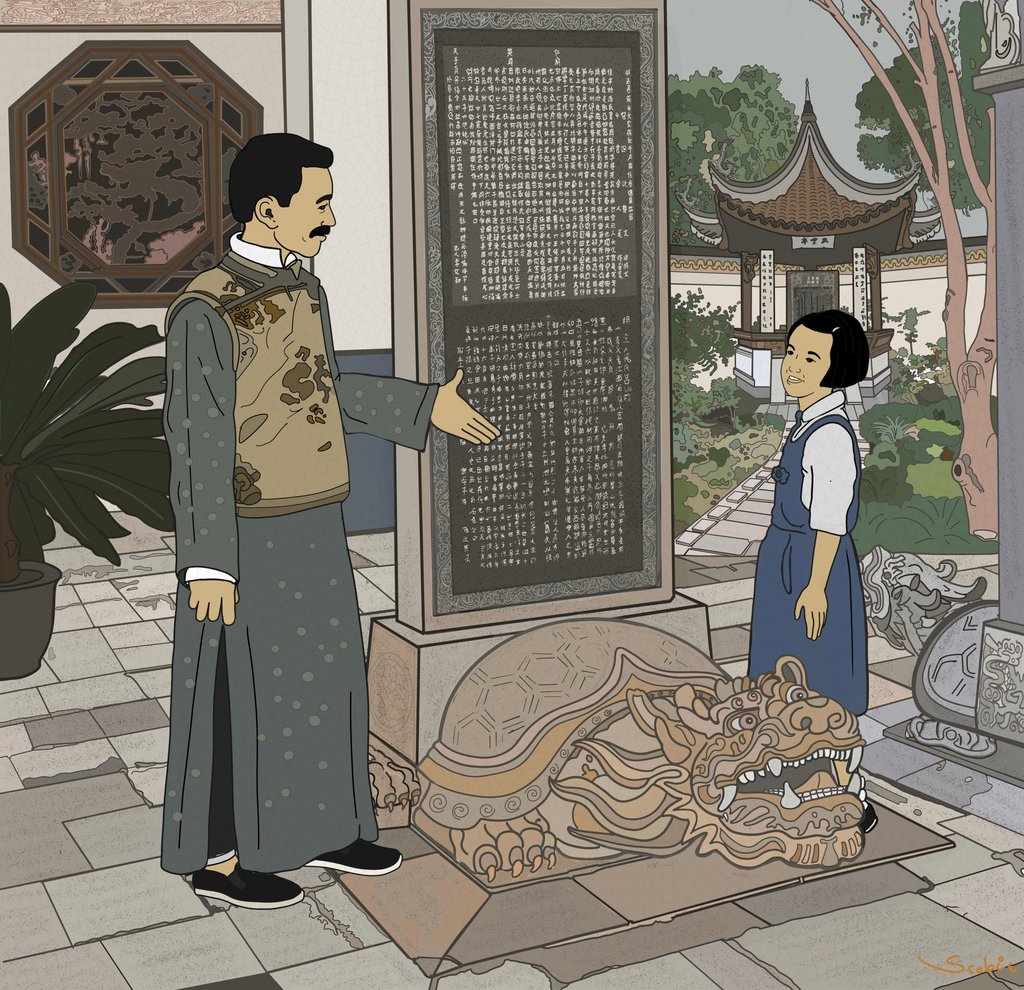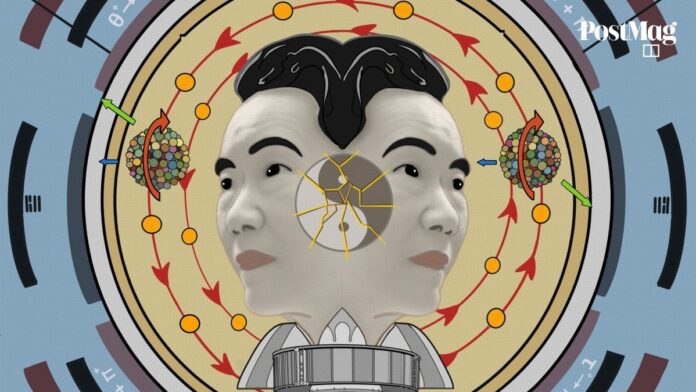Wu would cap off her research career with an experiment that overthrew a fundamental law of nature, only to be snubbed when the Nobel Prize for that discovery was awarded. She would continue working into the 1990s, and in her later years, the scientist now known as “the Queen of Physics” emerged as an advocate for women in science and worked tirelessly to improve science infrastructure in China. And all while navigating the increasingly fraught geopolitics of the time.
Wu emerged from an environment that blended traditional Chinese culture and modernism. Wu Zhong-yi, her engineer/businessman father, and Fan Fu-hua, her teacher mother, were progressives from well-to-do scholarly families who opened the Ming De School for girls in Liuhe, emphasising not only the Analects of Confucius and Chinese poetry but also maths and sciences. Crucially, the couple, who also had two sons, recognised their daughter’s remarkable intellectual qualities.
After finishing in the top 10 among more than 10,000 applicants, Wu, aged 11, attended the prestigious Suzhou Girls High School, where her preference for hard sciences solidified. Graduating top of her class in 1929, she headed to the National Central University (NCU), in Nanjing, China’s then capital. NCU housed an impressive physics faculty that included Shi Shiyuan, who had worked with Nobel laureate Marie Curie, Wu’s idol.

In Nanjing, Wu remained laser-focused on her studies and gained the lab experience she craved. But, ever her father’s daughter, in December 1932, she agreed to lead a protest against Japanese aggressions plaguing the country. Hundreds of students followed Wu to the Presidential Palace, where, as evening fell and temperatures dropped, Chiang emerged. He promised Wu and the crowd to do better, and Wu returned to her lab, little suspecting she and Chiang would meet again, under quite different circumstances, some 30 years later.

